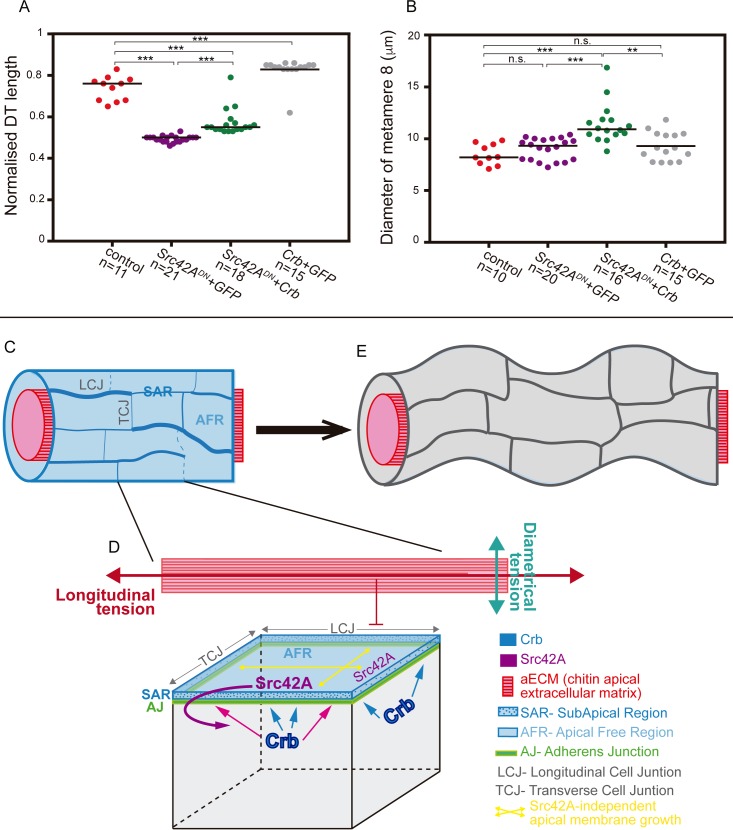Fig 5. Genetic interaction between Crb and Src42A and model for DT elongation.
(A) Quantification of DT length expressed as a ratio (length of the DT between transverse connectives 2–10 with respect embryo length) in control and different mutant conditions. The tracheal expression of Src42ADN gives rise to 33% shrinkage of the DT, while a weak overexpression of Crb in the trachea produce a 12% enlargement of the tube. When Crb is overexpressed in Src42ADN mutant background, it promotes a significant 16% increase of tube length. (B) Quantification of the diameter of tracheal metamere 8 in control and mutant conditions. A mild increase of DT diameter is observed when Crb or Src42ADN are expressed in tracheal cells. When both transgenes are combined, they produce a significant increase of tube diameter, indicating a circumferential growth of the tube. (C-E) Model: different mechanisms regulate the DT elongation. Crb protein accumulates apically in tracheal cells and becomes enriched in the SAR during tube elongation through a mechanism that is independent of Src42A (C and blue arrows in D). This base level of Crb may allow/promote an isotropic apical expansion of tracheal cells (yellow arrows in D). Secretion also promotes a Src42A independent mechanism of apical membrane growth (yellow arrows in D). The aECM restricts the growth of the tracheal tube along the longitudinal axis (red arrow in D). pSrc42A, accumulated at the apical region of the membrane, senses the intrinsic differential tension along the tube axes and/or the aECM (D). Src42A promotes an increased accumulation of Crb at LCJs (pink arrows), resulting in Crb anisotropy (C). Crb enrichment in the SAR of LCJs, in turn, promotes apical membrane expansion in the longitudinal direction, counteracting the restrictive activity of the aECM. The oriented cell elongation leads to the longitudinal tube growth (E).

